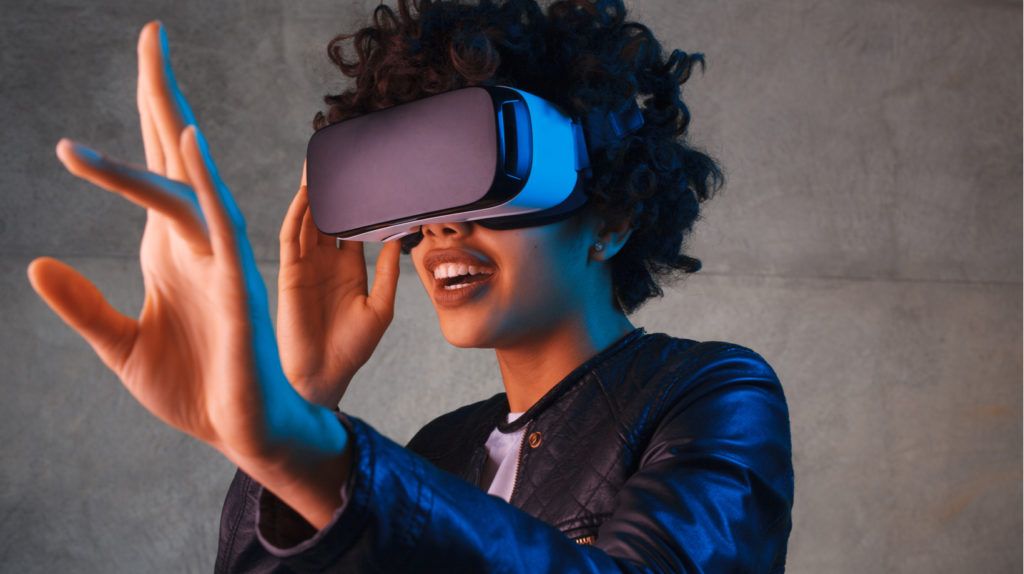Discussing Virtual Reality In Onboarding
The use of Virtual Reality in digital learning is becoming increasingly important. This trend was also reflected in LearnTec's own VR/AR area. As a visitor, one could look at different companies and technologies as well as practical examples. The enthusiasm is great and the possible applications seem limitless. However, one should critically question the use case, not only in terms of cost and time. Because as always, the best technology without the right concept brings no real added value.
Technical Progress
Technological progress has already cut costs considerably. Meanwhile, the cost of VR glasses with a built-in display is a few hundred euros. As a result, their use can also be implemented efficiently and effectively in the learning area. The didactic background is much more complex: What should be conveyed, what is the advantage of VR, which elements should be used?
It is not unusual to see practical examples which at first glance seem innovative and impressive, but at second glance the actual meaning can be doubted. Why is a 360° space created in the virtual world, in which something only happens within 45°? Why is a quiz placed in the virtual space, in which the learner has to cumbersomely choose the correct answer with the help of his head movement? Rather, the focus should be on the benefits of Virtual Reality and be cleverly linked with learning elements. Virtual Reality has to be intuitive, interesting and uncomplicated for the user. This rule generally applies to all digital learning products.
Digital Learning With Virtual Reality
Virtual spaces should be used where space actually plays a role. In this way, the industry can also find significantly more suitable use cases than in the classic office environment. For instructions of a machine, more than just the control panel is important. The safety regulations of production/warehouses also cover the entire environment in which the employee can move.
It is more difficult to work out meaningful application scenarios in the office area. Onboarding is a good example when it comes to making it easier for new employees to get started in the new company. What does the future workplace look like? Which colleagues are sitting next to me? In which direction is the HR office and where is IT? Which requirements regarding data protection in the workplace do I have to consider? All of these can be suggested to the new employee as part of the onboarding process as part of a virtual space. In this case, the advantage of the 360° view can be fully exploited.
Learning elements, such as infoboxes, point out important aspects in a room. Is the screen locked when leaving the workstation? Are confidential customer documents open on the office table? What is this paper in the bin? What special features should be considered in a large office? Answers to these questions can be found in virtual space and experienced directly. An excerpt of it can be used in addition to onboarding in recruiting. In general, it makes sense to reuse parts of the virtual space to save resources and, at the same time, create a recognition value for the learner.
The Next Step: Expeditions
As an expansion stage, a multi-level virtual journey in the form of an expedition can be designed. In addition, more virtual rooms such as the reception, the canteen, the meeting room with Kanban board or the outdoor area including parking lot are added. Here important hints or peculiarities can be incorporated as learning elements, too. The goal is to create an overall picture for the learning and develop a topic such as onboarding extensively. This not only creates a virtual space but a small virtual world and uses the added value VR has.
Successful digital learning is based on a balanced triad of technique, content, and concept. In particular, when using innovative technology such as Virtual Reality, the conceptual work is all the more relevant to the success of the project.

